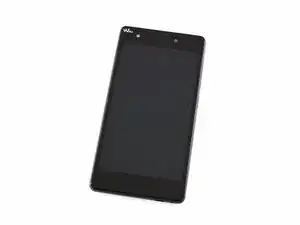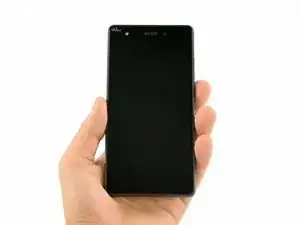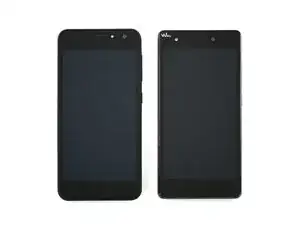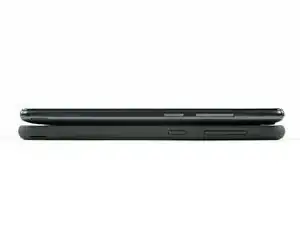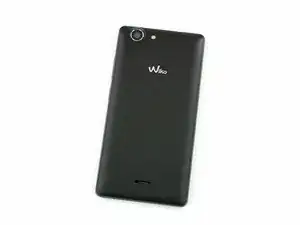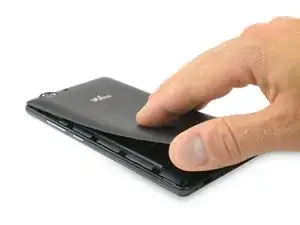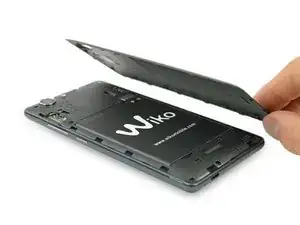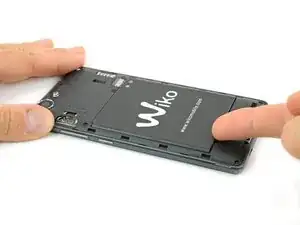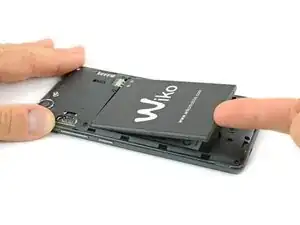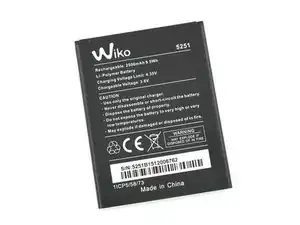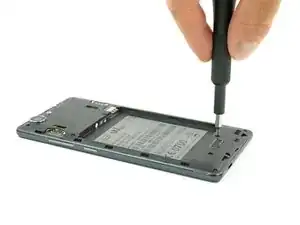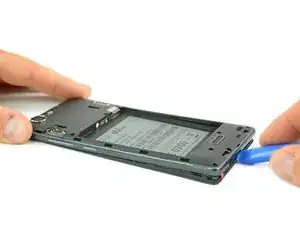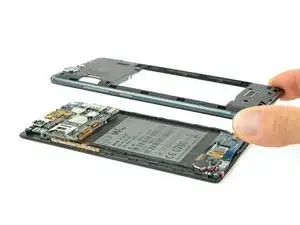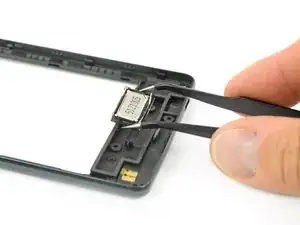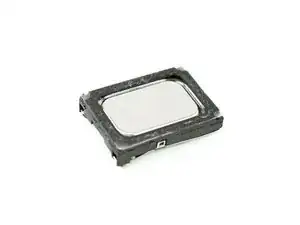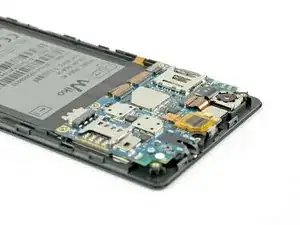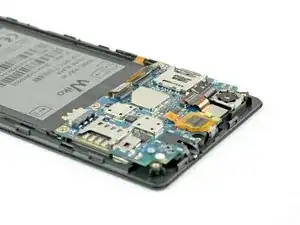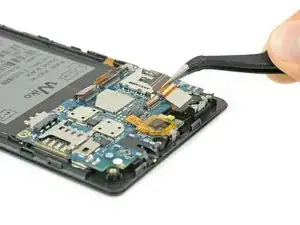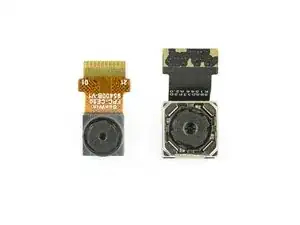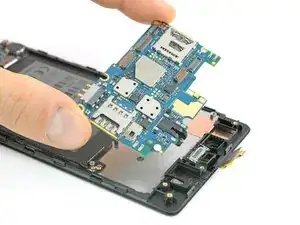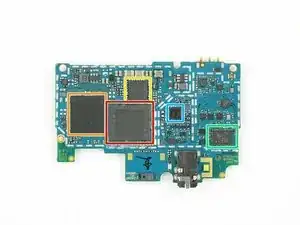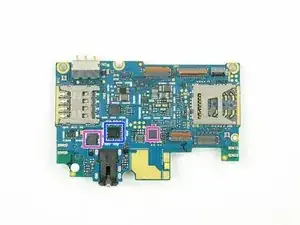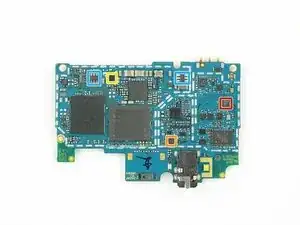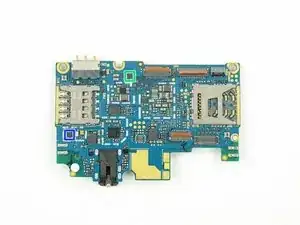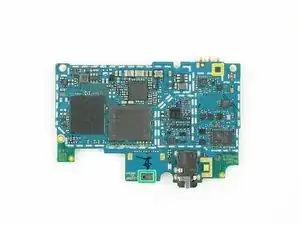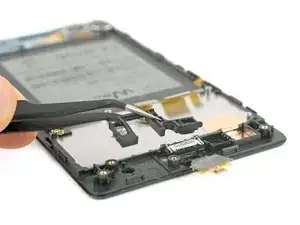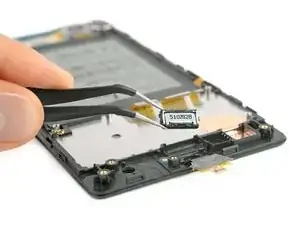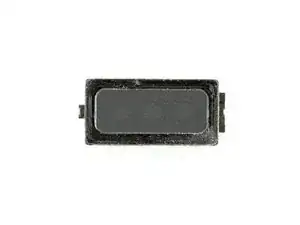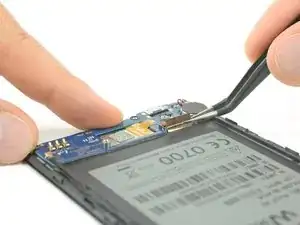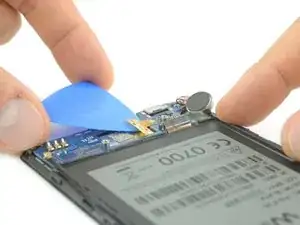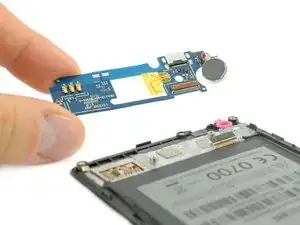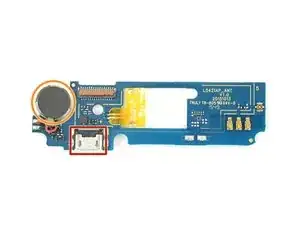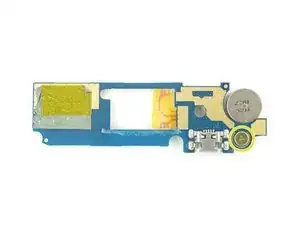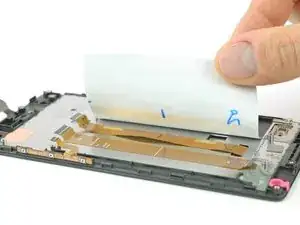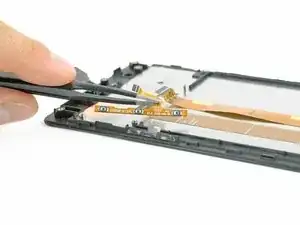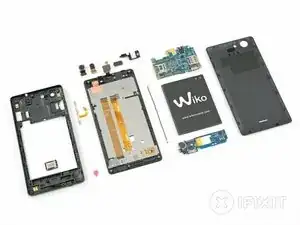Tools
-
-
So, what do we have here? This affordable smartphone offers some impressive specs at first glance:
-
Qualcomm® Snapdragon Quad-Core with 1.2 GHz
-
2 GB RAM and 16 GB ROM (and additional Micro SD for up to 64 GB)
-
5 inch IPS Display with 1280x720 pixels
-
13 megapixels camera with 1080P video recording at 30 fps
-
USB OTG connection, a standard 3.5mm headphone jack, and an integrated Stereo FM Radio receiver
-
Android 5.1 Lollipop
-
Dual sim: 1 micro SIM + 1 nano SIM
-
-
-
We line a shift5.1 (left) up next to our Wiko Pulp 4G and see some similarities in their designs.
-
With the Wiko's official length measuring 143.9 mm from top to bottom, it is only 0.1 mm shorter than the shift5.1.
-
We played a very simple game of smart phone Jenga with the phones to see how their widths and thickness...stack up to each other.
-
Both have the same width: 72 mm. The Pulp4G, on top, is 8.8 mm thick, yet it appears thinner than the 7 mm of the shift 5.1, possibly due to its curved edges.
-
The back cover has a different look but is the same kind of snap off.
-
-
-
Starting with the easily removable back cover we begin our journey towards the inside of this smartphone.
-
-
-
The only thing that remains inside the midframe is the rear facing loud speaker.
-
We are happy to see that it connects to the motherboard via spring contacts, allowing easy replacements in the future.
-
-
-
On the back of the display assembly we find the motherboard at the top section.
-
We take a moment to rejoice when we see all those ZIF connectors and bracket-covered press connectors. Then, start swiftly unlocking and unplugging them one by one.
-
-
-
First thing to come out is the small front facing camera which offers 5 megapixels.
-
Second in line is the big brother for the rear facing side which provides 13 megapixels for full HD video recording.
-
-
-
One of the display cables still clings to the motherboard but can be peeled off easily.
-
Just two more Phillips screws to unscrew and we can take the board out for a close inspection.
-
-
-
This is what makes the Wiko Pulp 4G tick:
-
Qualcomm MSM8916 CPU with an ARMv8 Cortex-A53
-
SK Hynix H9TQ17ABJTMC 2 GB RAM and 16 GB NAND flash storage
-
-
Skyworks SKY77648-11 multimode multiband power amplifier module
-
Qualcomm WTR4905 RF transceiver
-
Qualcomm WCN3620 wireless connectivity IC
-
SGMicro SGM3140B 500mA buck/boost charge pump LED driver
-
-
-
IC Identification, Continued:
-
Qorvo RF1496A SP12T Antenna Switch
-
Skyworks SKY13416-485LF SP6T Antenna Switch
-
Texas Instruments TPD1S414 USB Charger OVP Switch w/ ESD Protection
-
ON Semiconductor NCP114AMX310T 300 mA/3.1 V LDO Regulator
-
Silergy DC-DC Converters
-
Likely Maxscend GNSS LNA
-
-
-
Sensor identification:
-
TDK Invensense MPU-6881 3-Axis Accelerometer/Gyroscope
-
AKM Semiconductor AK09911 3-Axis Electronic Compass
-
Rohm BU52021HFV Hall Sensor
-
Proximity Sensor
-
-
-
Behind the mother board we remove a rubber gasket that goes around the headphone jack and holds the lens for the LED flash.
-
Last part at the top section is the earpiece speaker.
-
-
-
At the bottom of the display assembly we find a daughter board with some components.
-
First we disconnect the cable coming from the motherboard and pry out the vibrator.
-
Next we peel off a small connector plate and disconnect the antenna cable.
-
Now we are ready to carefully pry out the daughter board itself which is glued in with some double sided tape.
-
-
-
Being able to detach the daughter board completely from the cable (and therefore from the mother board) is a big advantage over the shift5.1.
-
On the other hand, all of the components are soldered to the board, which makes repairing them individually a bit trickier.
-
USB port
-
Vibrator
-
Microphone
-
-
-
Speaking of the connection cable, we peel off the big sticker and find the second display cable running underneath and directly into the display itself.
-
With the sticker gone it is possible to also take away the power and volume buttons.
-
We stop here, leaving the connector cable in place.
-
-
-
Wiko Pulp 4G Repairability Score: 7 out of 10 (10 is easiest to repair)
-
Replacing the battery is easy as pie with the swappable back cover.
-
This phone doesn't use excessive glue nor proprietary screws—we found only Phillips throughout the entirety.
-
Most of the components can be replaced separately.
-
The motherboard and daughterboard are connected via a detachable cable.
-
Unfortunately, the components on the daughterboard are soldered on, making a repair on an individual component difficult.
-

